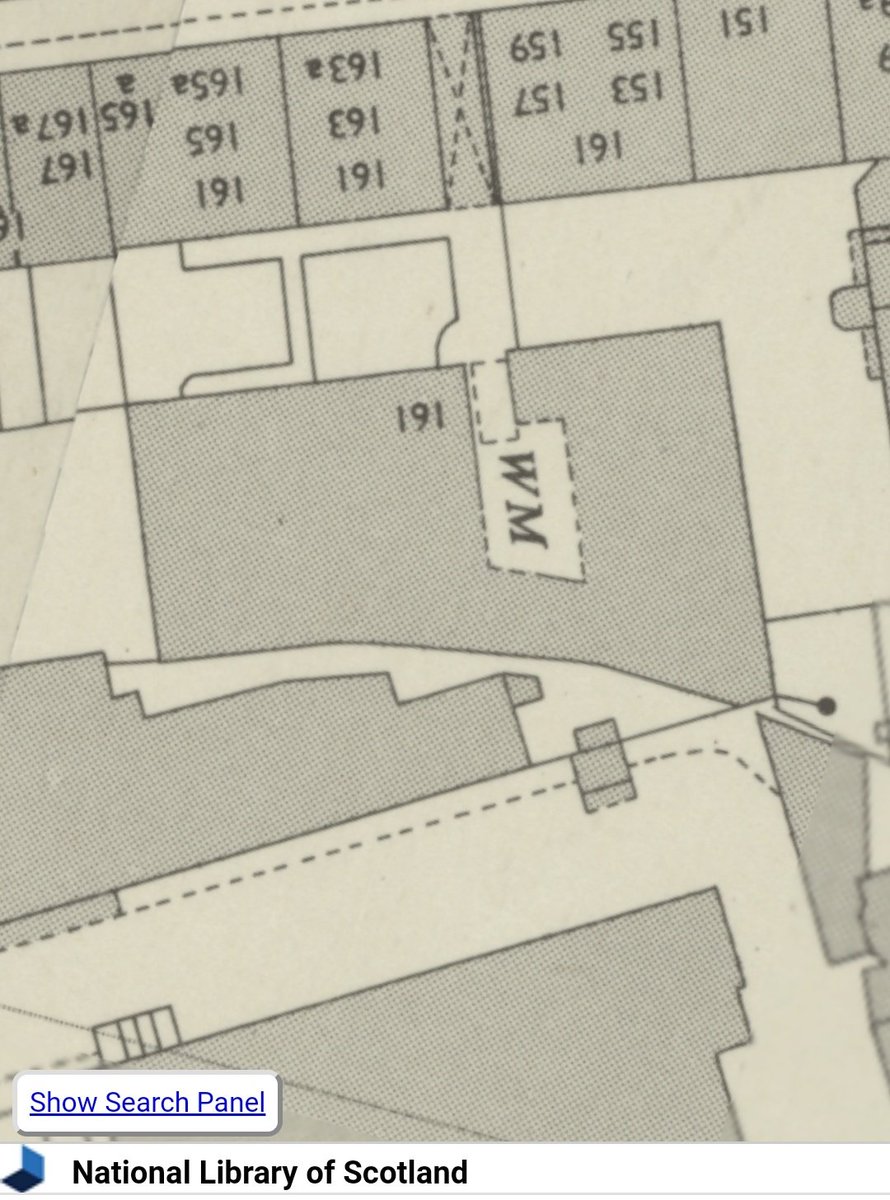There was for many years a Steptoe-like institution in Fountainbridge known by the name Asa Wass & Son.
Asa is a biblical Hebrew name, Wass an ancient Anglo-Norman name.
Asa is a biblical Hebrew name, Wass an ancient Anglo-Norman name.
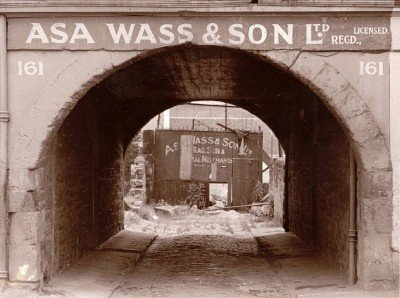
The Asa Wass that registered the company died in 1898 and is buried in Dean cemetery. Although rather like the gag in Steptoe & Son, he was of a long line of Asa Wasses, so might have actually been the "& Son" painted on the gate.
*His* son was Thomas H. Wass
*His* son was Thomas H. Wass
The 1881 census shows only 12 Wasses in Scotland, all in Midlothian. A northern outpost of a name most common in the East Midlands 
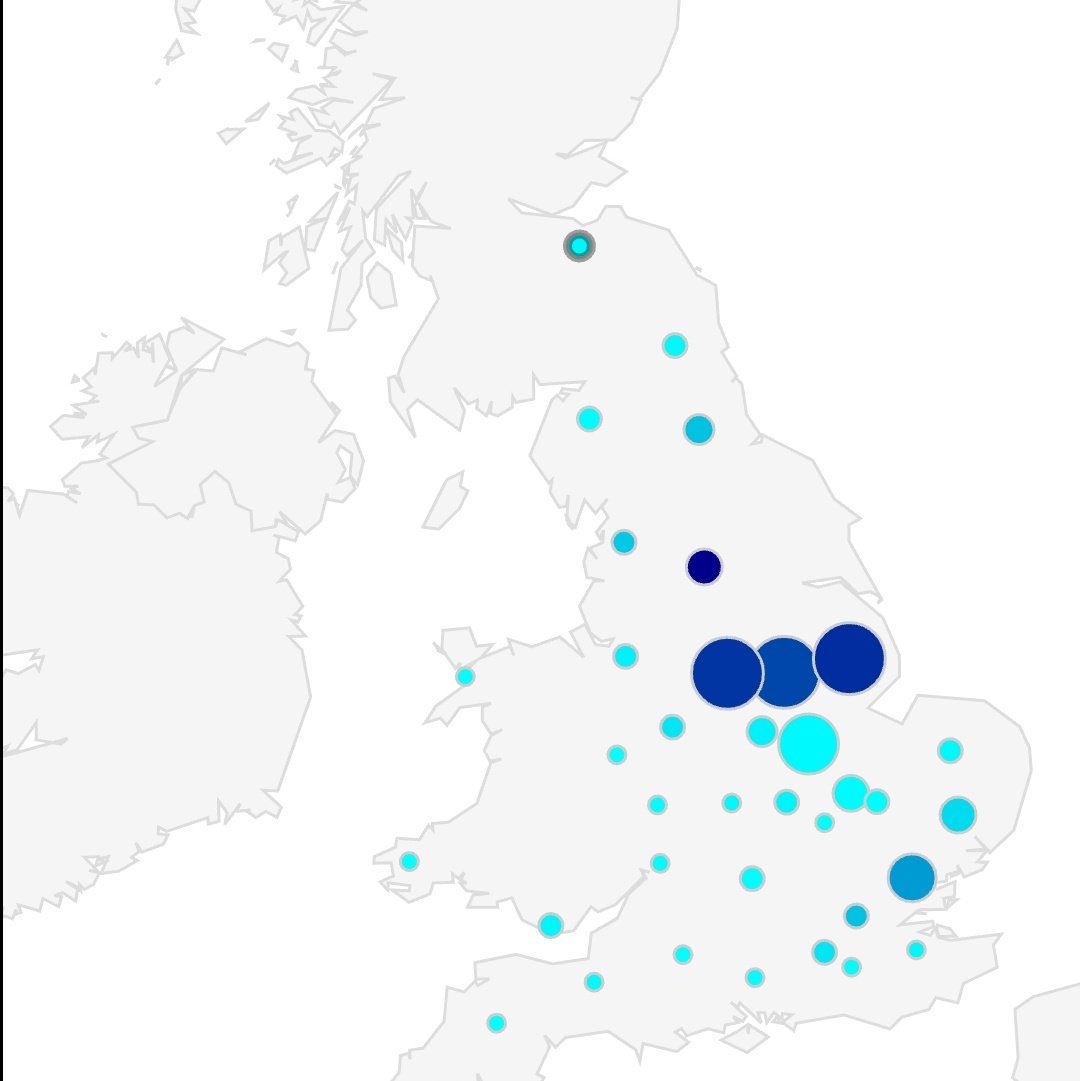
The latest census that's online shows little change, except the Scottish Wasses are up to 16 and have all moved north into the Grampians! 
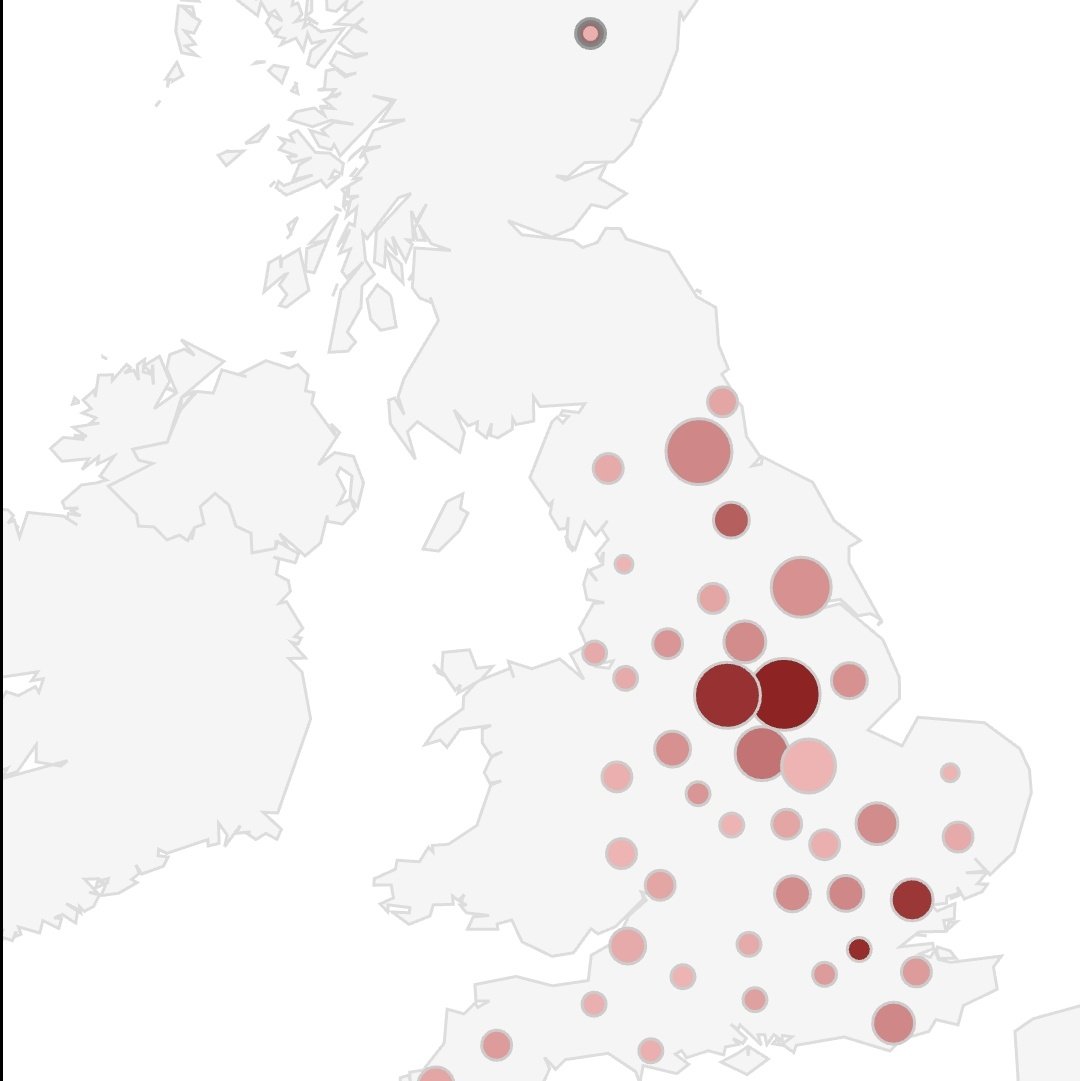
The "Mapping Jewish life in Edinburgh" publication by the The Research Network in
Jewish Studies at Edinburgh University lists the Wasses as Jewish. Asa Wass and his family are buried under a Celtic cross but I suppose that might just be fashion!
Jewish Studies at Edinburgh University lists the Wasses as Jewish. Asa Wass and his family are buried under a Celtic cross but I suppose that might just be fashion!
Unlike the Steptoes though, the Wasses didn't live in their own filth in the yard, they lived a few streets away in quite some style 

The big flats at 17 Leamington Terrace commands £4-500k these days, and even the generously sized 1 beds at 22 Viewforth and will set you back about £300k! 

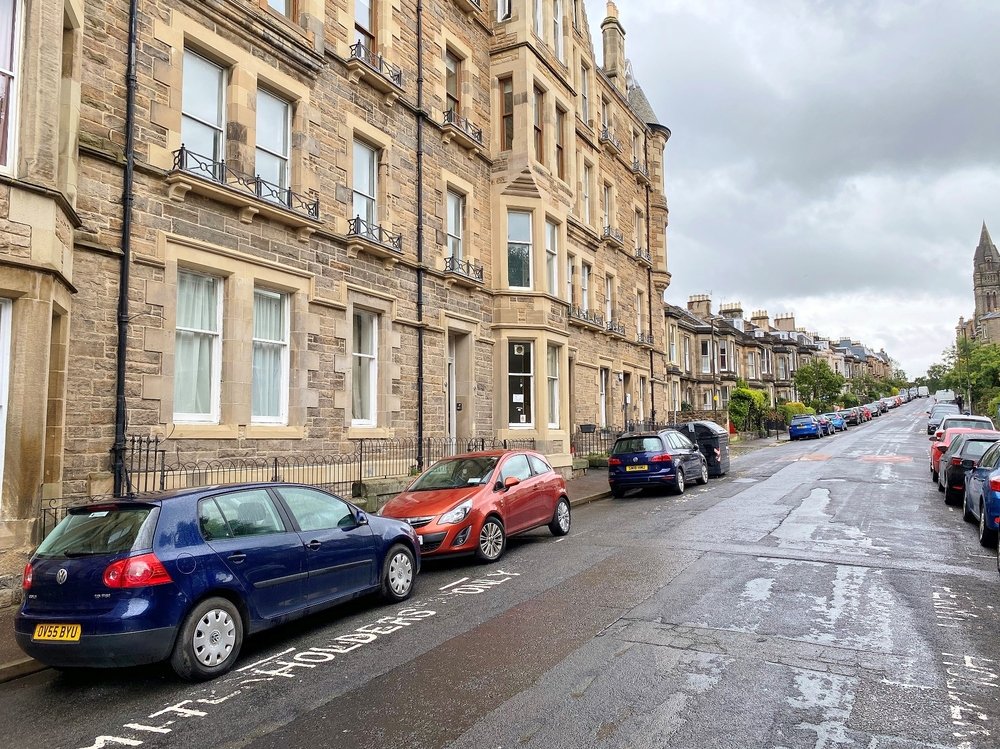
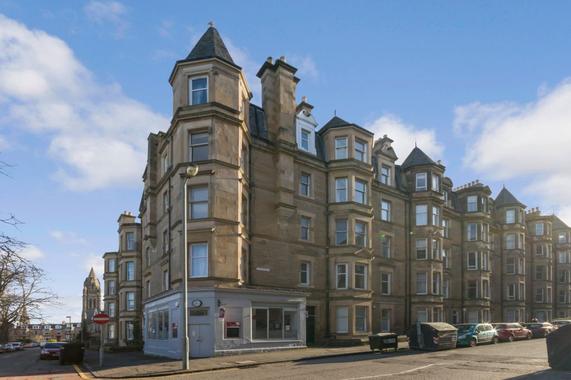
Asa Wass left an estate worth about £160k i ln today's money when he died (thanks @missyclaren ). Clearly good money to be made then in rags, skins, bones and metal scrap
https://twitter.com/missyclaren/status/1309953413556432900?s=19
Edinburgh had a big glue & gelatine industry nearby at Cox's in Gorgie, and both the Esk and Water of Leith supported a big paper industry who made use of linen rags in their process
The Wass yard ceased trading and was abandoned in the early 1960s, and was a haunt for local children to play in. The whole area was quite run down and was swept away in the early 1970s when Scottish & Newcastle relocated the Fountain Brewery there (from over the road)
There are some photos from the mid-late 60s here; edinphoto.org.uk/0_B/0_building…
And here is the Wass nag and cart in 1925. I wonder if that's Thomas Wass? (pic from Edinburgh Collected) 
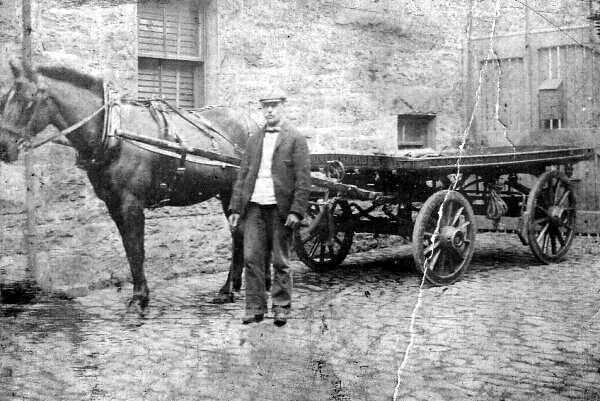
And here is how an old Edinburgh tongue-twister goes;
"Is he as he always is?
Or is he as he was?"
(Source = edinphoto.org.uk/1_edin/1_edinb…)
"Is he as he always is?
Or is he as he was?"
(Source = edinphoto.org.uk/1_edin/1_edinb…)
Been flicking through the Edinburgh & Leith Post Office directories.
1861 - No Wasses recorded*
* = bare in mind you had to add yourself to the directory in them days, so all it might mean is that a business is not well established, or not notable enough to need listing.
1861 - No Wasses recorded*
* = bare in mind you had to add yourself to the directory in them days, so all it might mean is that a business is not well established, or not notable enough to need listing.
1863 - Asa Wass, woolen rag merchant, 4 St. Leonard Street (block demolised in the 1960s)
1871 - Asa Wass, woollen rag merchant, 63 Fountainbridge. A tenement was later built here, ground floor now part of a Costa Coffee
1871 - Asa Wass, woollen rag merchant, 63 Fountainbridge. A tenement was later built here, ground floor now part of a Costa Coffee
1881 - Asa Wass, woollen rag merchant, 161 Fountainbridge
1891 - Asa Wass, woollen rag merchant, 161 Fountainbridge, house 17 Leamington Terrace
1891 - Asa Wass, woollen rag merchant, 161 Fountainbridge, house 17 Leamington Terrace
Asa Wass himself died in 1898.
1901 - Asa Wass & Son, rag, skin & metal merchant, 161 Fountainbridge. Metal yard, Gilmore Park.
Thomas H. Wass, 6 Merchiston Grove.
Mrs. Asa Wass (Hannah Hirst), 11 Morningside Park (she moved here I think on the death of Asa and died in 1911)
1901 - Asa Wass & Son, rag, skin & metal merchant, 161 Fountainbridge. Metal yard, Gilmore Park.
Thomas H. Wass, 6 Merchiston Grove.
Mrs. Asa Wass (Hannah Hirst), 11 Morningside Park (she moved here I think on the death of Asa and died in 1911)
By 1941, Asa Wass & Son now occupies 161, 169 and 177 Fountainbridge, tel. 21544.
Thomas H. Wass is resident at 35 Dovecot Road, Corstorphine, tel. 66048
Thomas H. Wass is resident at 35 Dovecot Road, Corstorphine, tel. 66048

By this time, Asa Wass & Son. are the only bone merchants "in the book" in Edinburgh. The are also listed under rag merchants and metal merchants and have taken out a not insubstantial advert in the directory. 

Asa, Hannah and Thomas Wass all clearly lived long and relatively prosperous lives. That's tinged with sadness though as the family gravestone records daughters (sisters to Thomas); Clara Wass who died age 9 in 1876 and Judith Ann Ferguson (nee Wass) who died aged 29 in 1891
This just in. I asked my Dad (who grew up in Gorgie/Dalry/Fountainbridge in the 1950s/60s), and the local pronunciation of the name was "Azzy Wozz" cc @LilyMWrites
Further Wass family details;
https://twitter.com/missyclaren/status/1310318046037368839?s=20
And poor wee John Arthur Wass, confined to the Crichton Institution for Lunatics in Dumfries, far from home.
https://twitter.com/missyclaren/status/1310322292812111872?s=20
Thanks to @oldscotbooks for amazing digging on John Arthur Wass.
✅admitted to Crichton 17/6/90, discharged recovered on 30/4/92 (NRS MC7/7)
✅admitted to Abderdeen Royal Asylum 31/7/95 (NRS MC7/8)
✅transferred to Dundee on 10/1/99 (NRS MC7/9), escaping 10 months later.
✅admitted to Crichton 17/6/90, discharged recovered on 30/4/92 (NRS MC7/7)
✅admitted to Abderdeen Royal Asylum 31/7/95 (NRS MC7/8)
✅transferred to Dundee on 10/1/99 (NRS MC7/9), escaping 10 months later.
John Arthur Wass was a private patient (i.e. he or his family were wealthy enough to pay), and was suffering from "moral insanity" according to his Notice of Admission to Dundee in 1899. (NRS MC2/478) 

And in 1901, John Arthur Wass emigrates to the US, where he settles down, marries and becomes a poultryman, in Monmouth, New Jersey
https://twitter.com/missyclaren/status/1310328723388928002
John Arthur Wass. Update!
https://twitter.com/missyclaren/status/1310572157685166080?s=19
• • •
Missing some Tweet in this thread? You can try to
force a refresh

